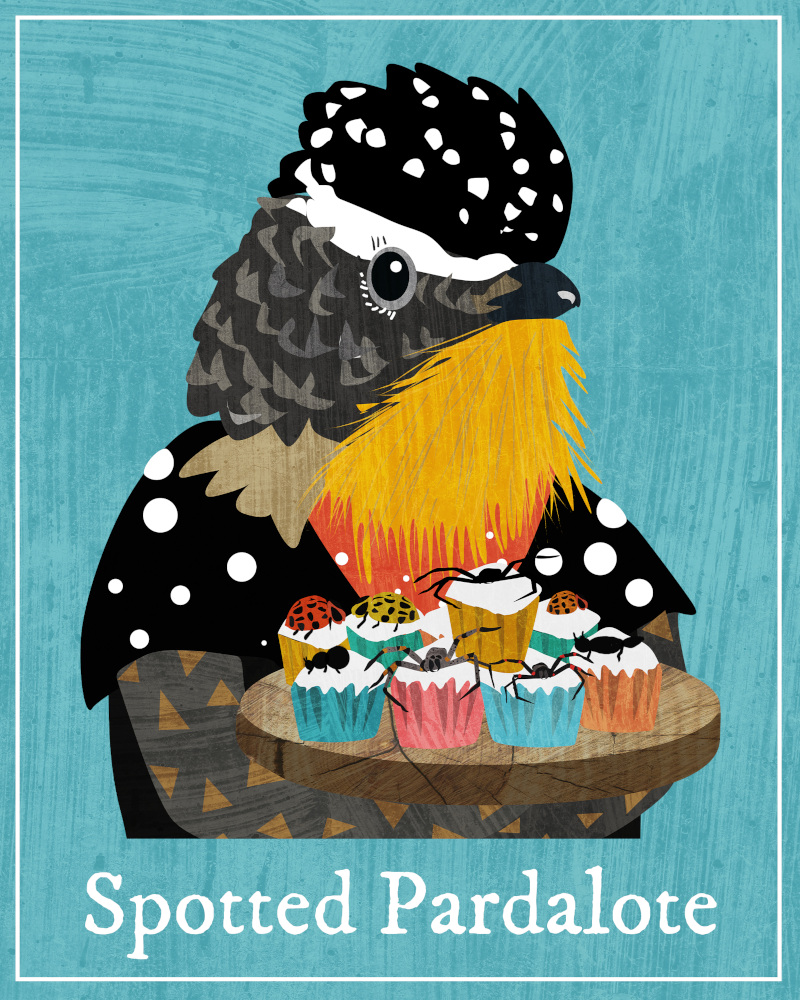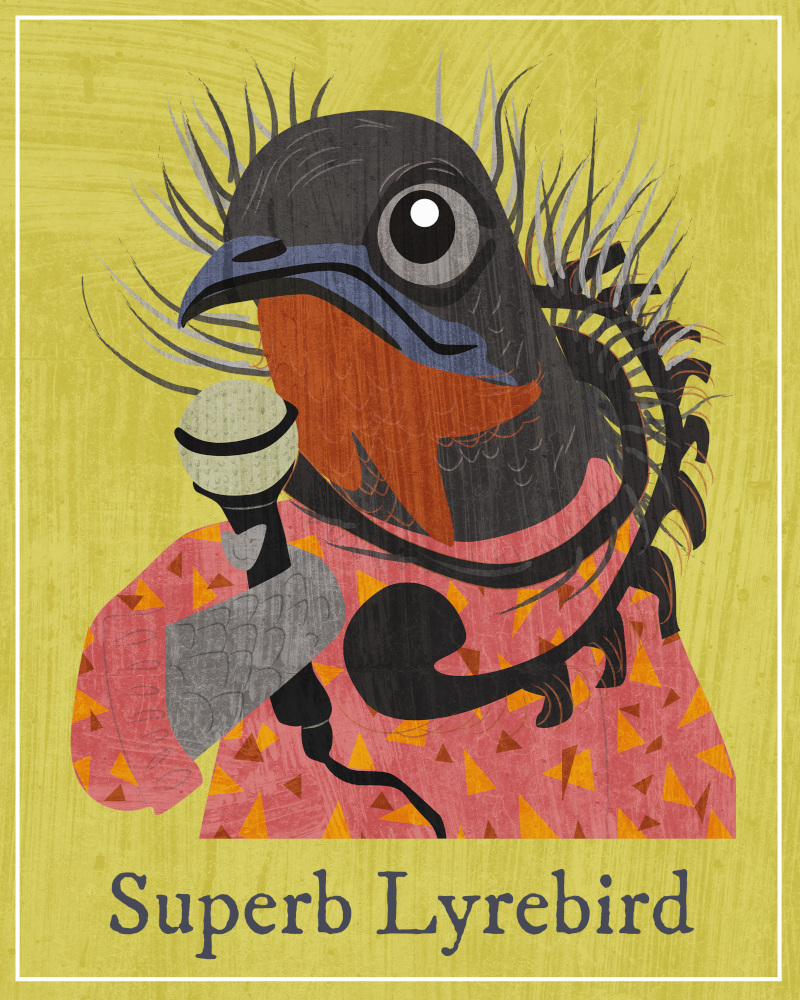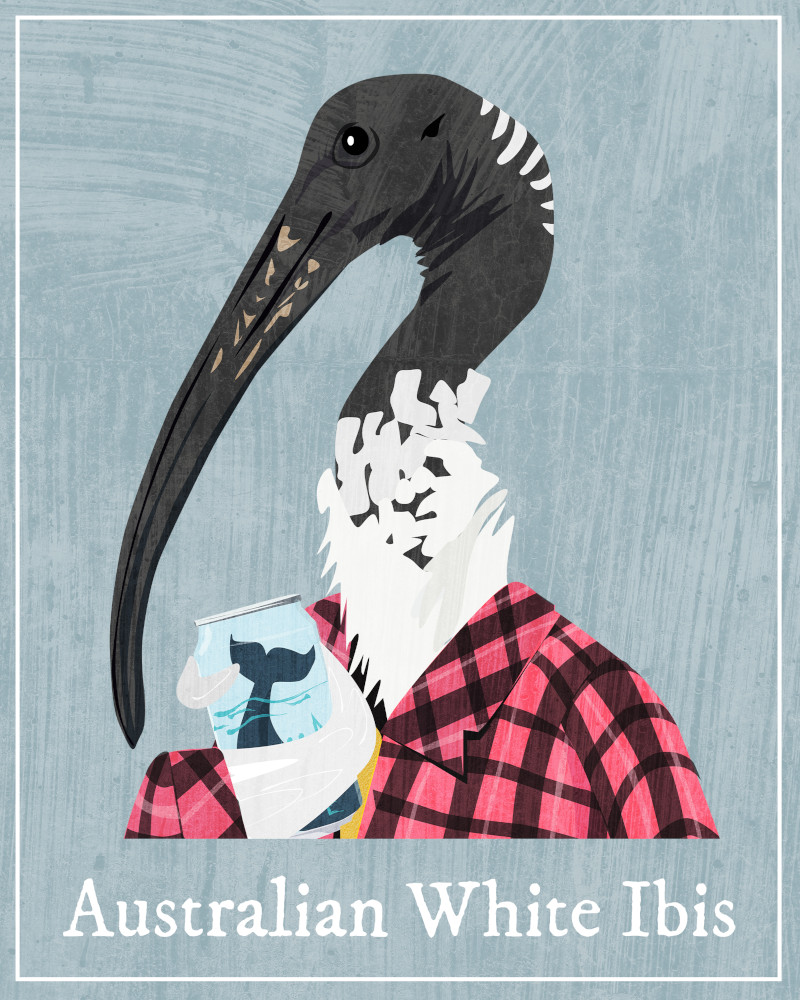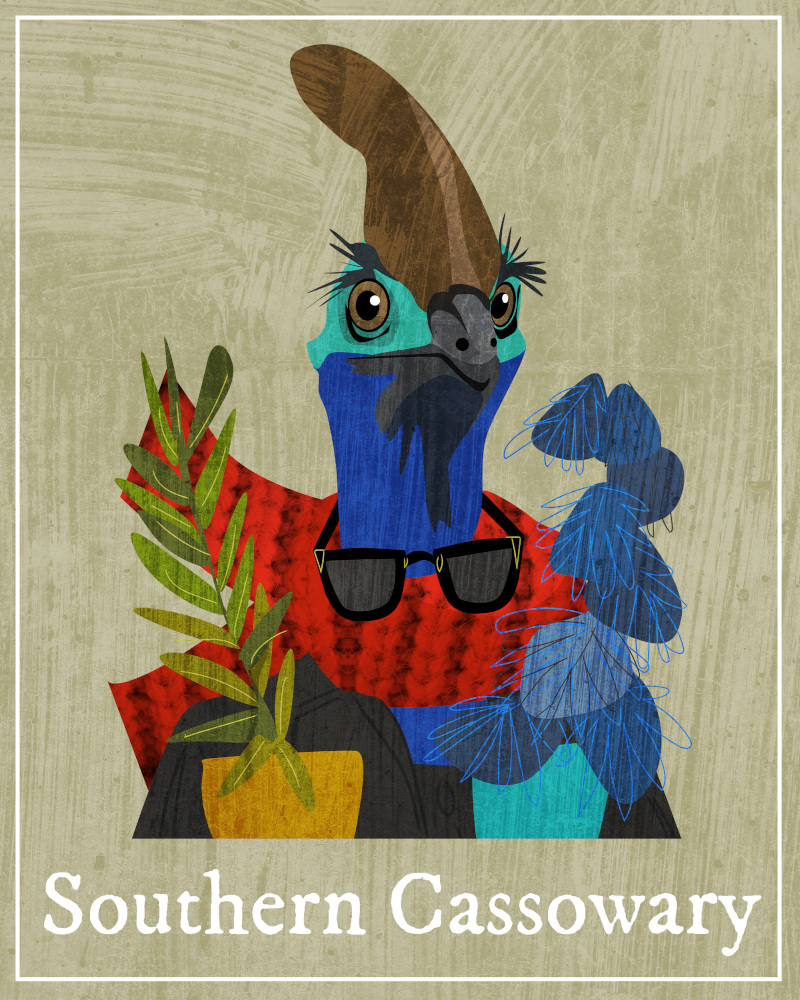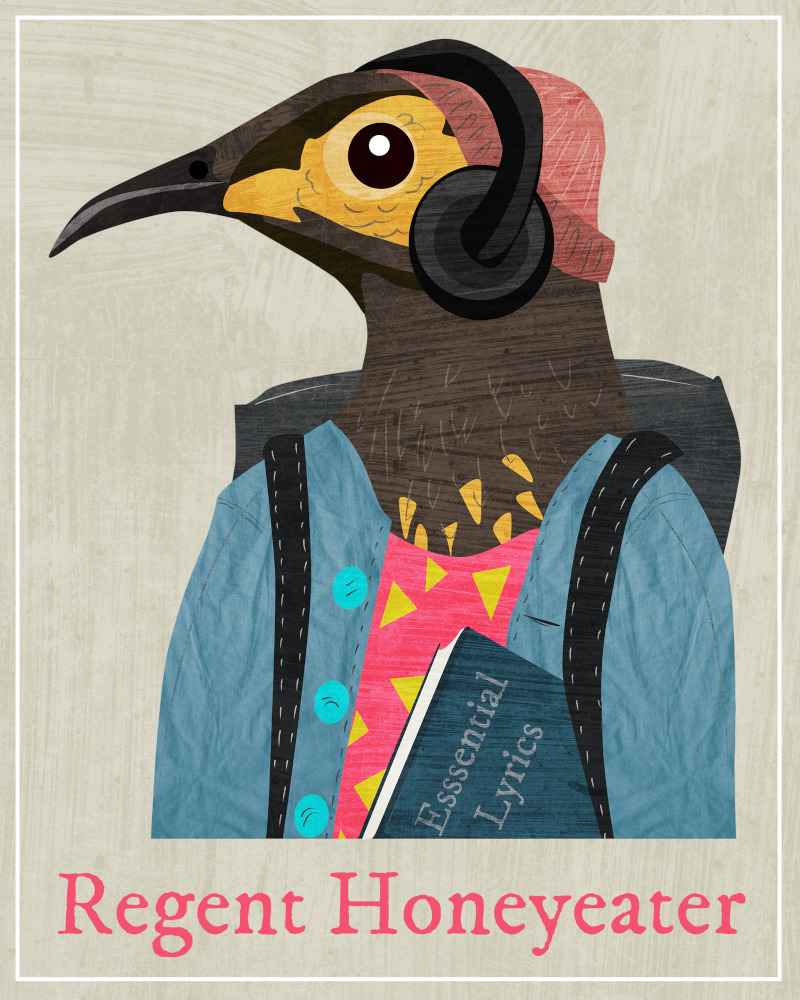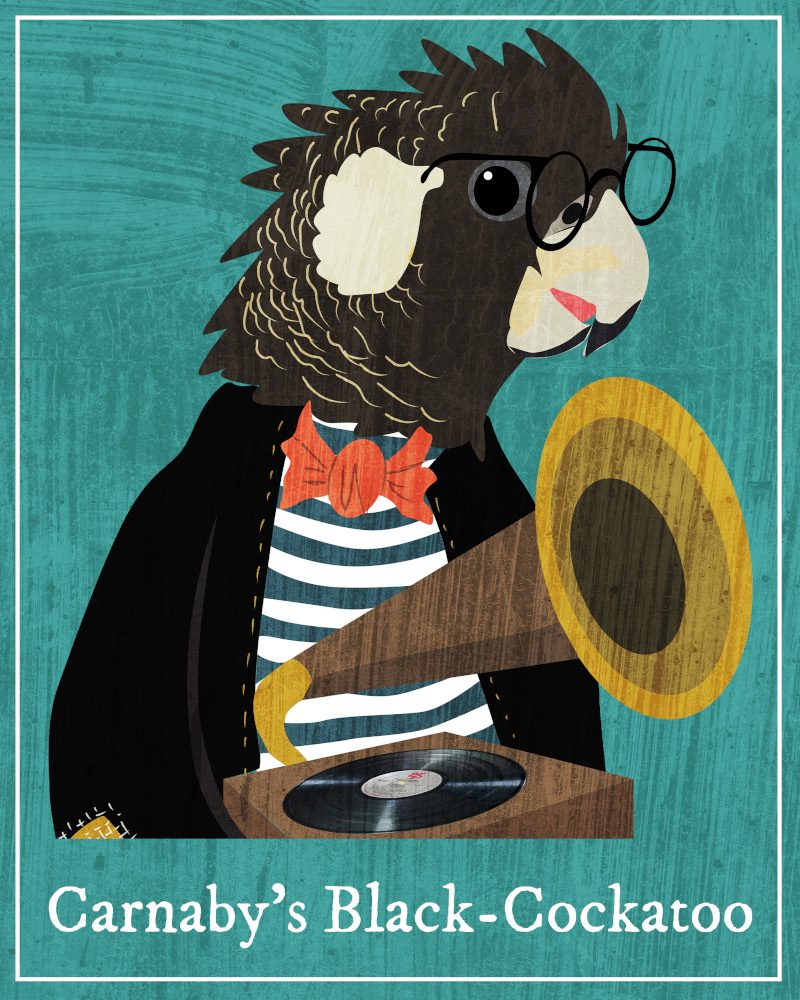
You’re an Eastern Curlew!

You were born to travel. You never have been the grounded type – always hungry for adventure, you’re naturally curious and value your personal freedom above all else. Any extra savings go straight towards your travel fund, and maybe you have more frequent flyer points than you know what to do with. You’re a great storyteller and bundle of energy – but you can be a little flighty when things get tough. Oh, and you’re quite the foodie – you’d travel a long way for the best seafood in town. Are you still planning that trip to Siberia next year?
The Aussie Bird Count – October 16 – 22
Taking part in the bird count is easy. Just take a seat and admire the birds!
Spend 20 minutes in your backyard, local park, farm, balcony, or anywhere you can see birds, and tell us what you see in those 20 minutes. You can submit your count using the web form or the app – both come with a handy bird finder to help you identify what you see.
Count as often or as little as you like. Some people count multiple times per day, others only once or twice for the week. Every count helps.
More about the Eastern Curlew
Eastern Curlews are the largest of all the world’s migratory shorebirds – and they’re critically endangered. If you’re lucky, you might have heard their call, a mournful ‘Cuuuurrlew’, ringing out beautifully across vast coastal wetlands. Their impressive bill is used to probe the mud and dig up crabs, their main food source in Australia.
Eastern Curlew spend the majority of the year on our shores before making a massive migration to breeding grounds as far north as Siberia – in some cases they can travel more than 10,000km!
Birds like the Critically Endangered Eastern Curlew have experienced a devastating population decline of up to 80 per cent – with habitat destruction their biggest threat.
How we’re helping: National Shorebird Monitoring Program
Migratory shorebird populations are declining rapidly – and now, they are one of the most endangered groups of birds in the world.
Our new National Shorebirds Monitoring Program is the next chapter of shorebird conservation in Australia. The data from this program helps us find long-term solutions to helping migratory shorebird populations recover, while encouraging local communities to take action to share in our love of shorebirds and join us in monitoring and protecting them.
Find out more at: https://birdlife.org.au/projects/shorebirds/monitoring

